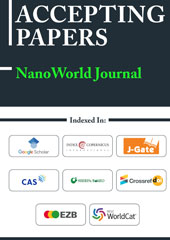


|
USG United Scientific Group and the organizing committee members of Nano-2026 ensure a rigorous, high-quality, and unbiased peer-review process for all abstracts submitted to the conference. The decision of abstract acceptance will be judged by a panel of expert reviewers and/or session chair and/or conference chairman, emphasizing whether the findings and/or conclusions are novel and make useful contributions to the field. |
|
The committee will determine whether the abstract is more appropriate for oral or poster presentation. Eligibility for oral or poster presentation will be determined by the total score (with adjustment for differential scoring behavior between referees). |
|
The committee operates a single/double-blind peer review process for all abstracts submitted, where both the reviewer and the author remain anonymous. |
| The following are the steps that each abstract of Nano-2026 undergoes during the process of peer review: |
|
|
Abstracts submitted by invited and/or keynote speakers will be reviewed by the conference chairman. |
| Criteria to be Considered for Scoring |
|
The abstract should be reviewed according to the following criteria:
|
Nano-2026 dedicates to create a stage for exchanging the latest research results and sharing the advanced research methods.
Copyright © USG United Scientific Group. All Right Reserved | Privacy Policy | Terms & Conditions